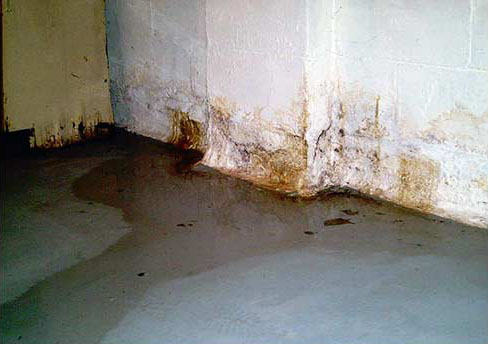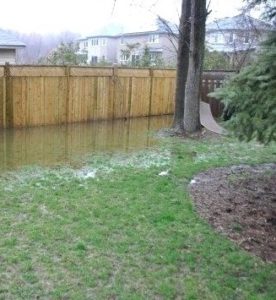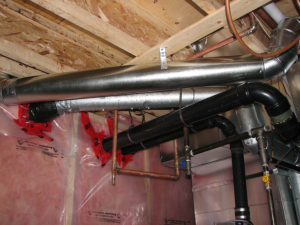Summer Drainage Issues To Be Aware Of On Your Property

Spring and winter are the seasons with the most water, but summer poses unique challenges for your foundation and basement. Here are the three most common drainage problems warm weather poses for inside a basement, next to foundation walls, and on the lawn of homes around London!
Heavy Summer Rains
Most summer drainage issues start with weak foundations that can’t stand up to the rain. The torrential downpours common during the summer months can overwhelm most parts of your drainage system, from the gutter to the sump pump. If basement flooding is a problem in your home, make sure everything is working properly to prevent future damage:
- Make sure your sump pump is collecting and pumping out the water that collects around and below your basement
- Clear your gutters and downspouts of all debris
- Check your property’s grading. If it’s sloping towards your foundation rather than away, you might need to shift or add some earth to keep water flowing away from your foundation
It’s important to keep the water flowing away from the concrete walls of your foundation. One of the best ways is to install a crushed round stone barrier around your foundation with a weeping tile system at the foot of the concrete. The water will flow through the stones instead of leaching through the soil to the walls, and the weeping tile will direct the moisture to the sump pump and away from your foundation.
Standing Water

Another problem associated with summer rain, standing water can form on parts of your property where the water can’t flow and the ground cannot absorb all the precipitation that has recently fallen. These pools can also form due to excessive watering, poor drainage of recreational pools, and other human causes.
Stagnant water that sits away from the foundation is not considered to be dangerous in and of itself; however, it can become a magnet for mosquitoes and other insects, cause damage to your lawn, and make the yard unusable for recreation.
To deal with low parts of your yard that cause stagnant water, you can level the ground or install a small French drain. A French drain is easy to install, too:
- Dig a trench in that area, directing it to a place where the water can drain off your lawn
- Line the trench with crushed stone
- Lay down a French drainpipe or some flexible landscape pipe, and cover the pipe with more stone
This tactic is especially good around pools, where splashing can lead to water pooling on the lawn.
Humidity
Humidity can cause condensation problems on walls and insulation, leading many homeowners to think that there is a leak in their basement. Of all the drainage issues here, it’s an easy fix, just as long as you take care of it right away! While condensation is a better problem to have than a cracked foundation, it can still lead to a mustiness and even mould.
Make sure the moisture you’re experiencing isn’t a result of the humid weather; if it is, invest in a dehumidifier. Check your dryer vent and other ventilation areas from the kitchen and bathroom so that you know they are directing any moist air outside of your home.
